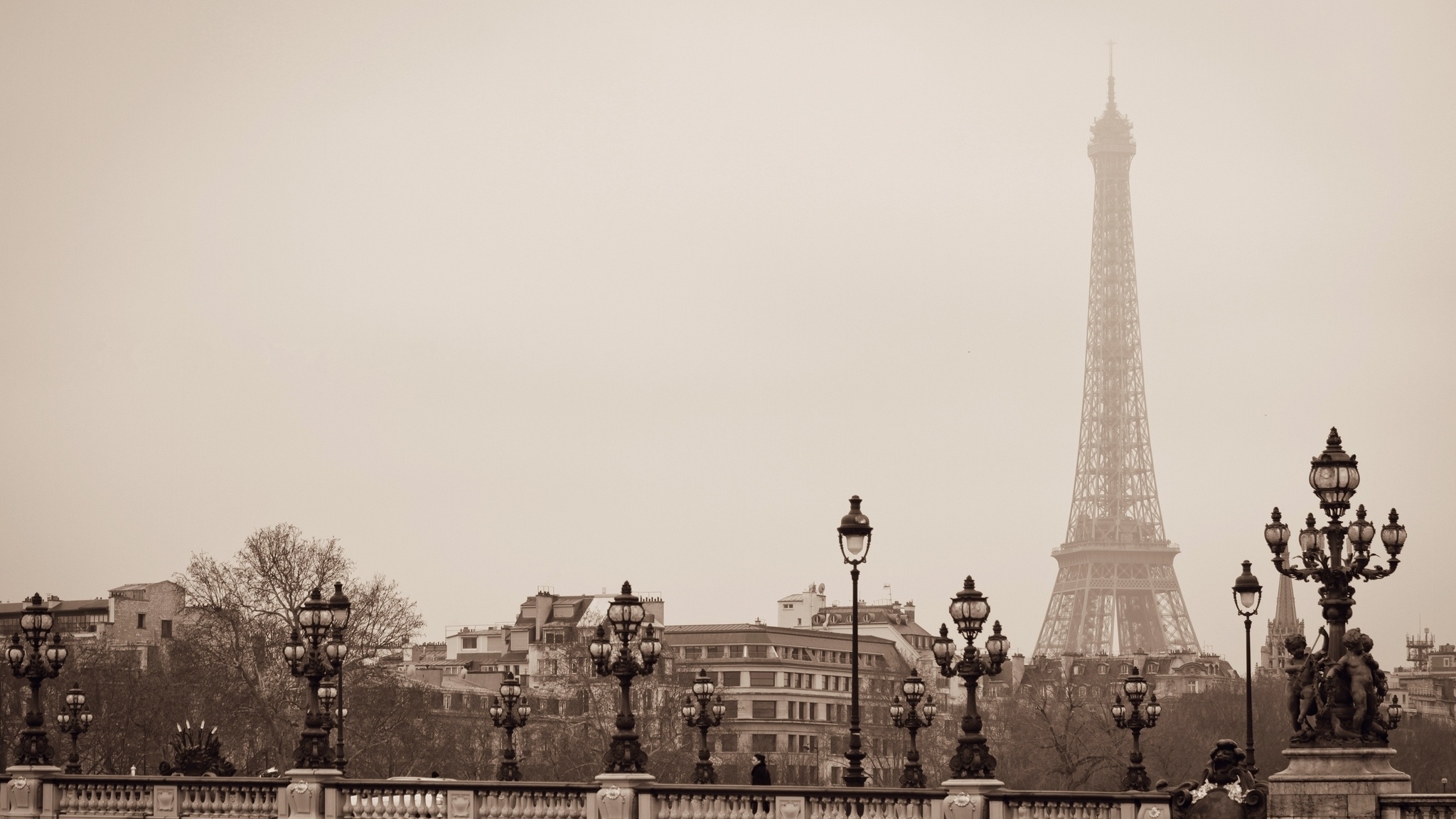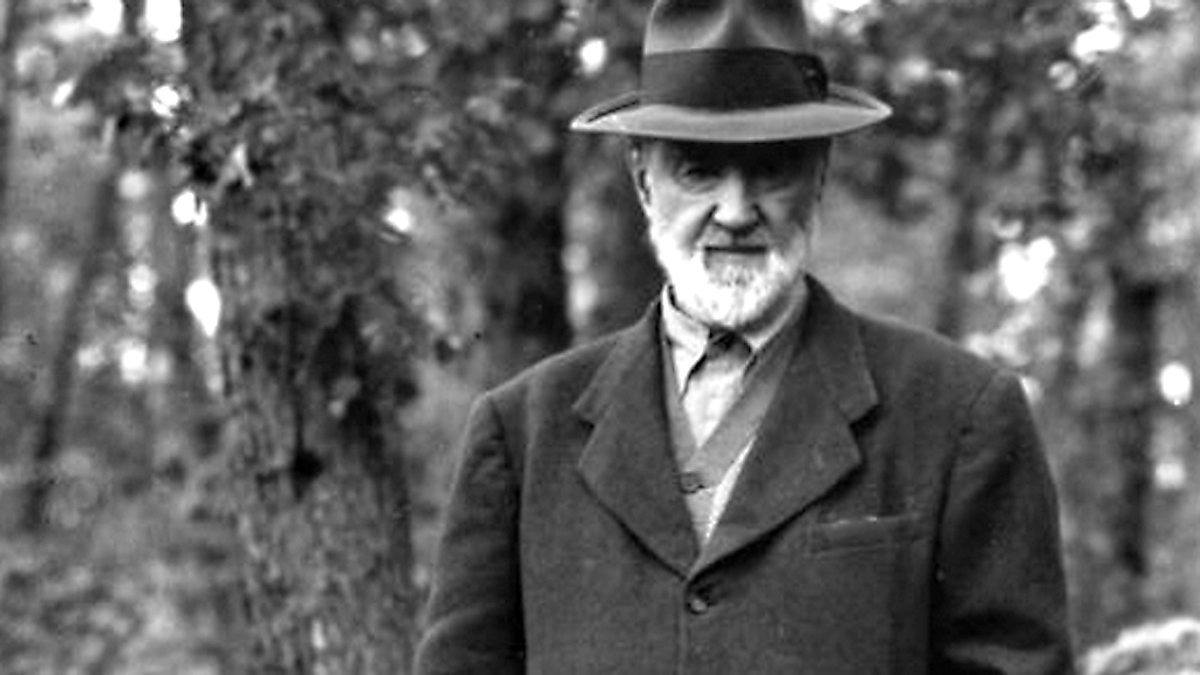Poulenc’s “Concerto for Two Pianos”: An Exuberant, Childlike Romp
A spirt of childlike exuberance permeates Francis Poulenc’s Concerto for Two Pianos and Orchestra, completed in 1932, the same year that saw the premiere of Ravel’s G Major Concerto. It’s bright, ebullient music filled with teasing, innocence, and caricature. Strands of jazz mix with the sounds of the Parisian street cafe. As with Prokofiev’s “Classical” Symphony (1917) and the neoclassical works of Stravinsky, this double concerto arrives in a fresh, new place by looking …





